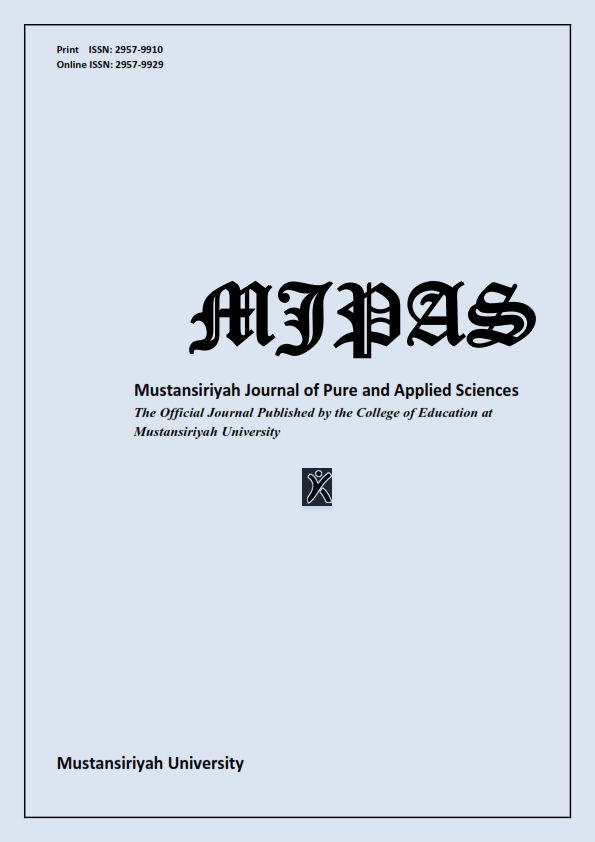Abstract
The mathematical models suggested in this article accounts for two types of predator-prey
system. It was suggested that the model includes SIS (susceptible infected susceptible) disease
in prey types, which is expansion by proximity between infected and susceptible species, and
there is harvest in predator species.The epidemic cannot be transmitted from prey to predator
during the predation process. The equations that represent the interaction between infected
individuals in the prey population and susceptible individuals in the predator population are
ordinary differential equations. Based on what was assumed above, any Possible balance points
can be analyzed using methods of mathematical .Depending on the numerical simulations, the
dynamics of the system’s behavior were studied local and the dynamic behavior was studied
globally using Lyabnov functions, and the variation of harvest and disease on dynamics of
model’s behavior was also discussed.
system. It was suggested that the model includes SIS (susceptible infected susceptible) disease
in prey types, which is expansion by proximity between infected and susceptible species, and
there is harvest in predator species.The epidemic cannot be transmitted from prey to predator
during the predation process. The equations that represent the interaction between infected
individuals in the prey population and susceptible individuals in the predator population are
ordinary differential equations. Based on what was assumed above, any Possible balance points
can be analyzed using methods of mathematical .Depending on the numerical simulations, the
dynamics of the system’s behavior were studied local and the dynamic behavior was studied
globally using Lyabnov functions, and the variation of harvest and disease on dynamics of
model’s behavior was also discussed.
Keywords
Eco-epidemiological
Mode
numerical simulation.
predator and prey system
SIS epidemic of disease
